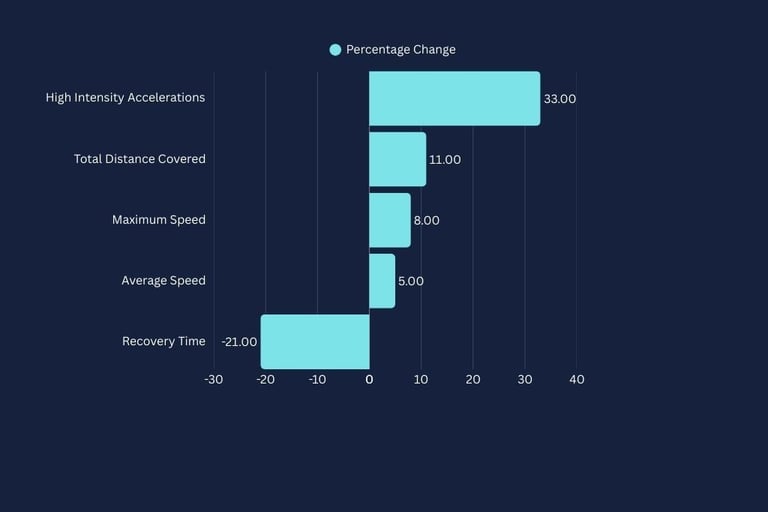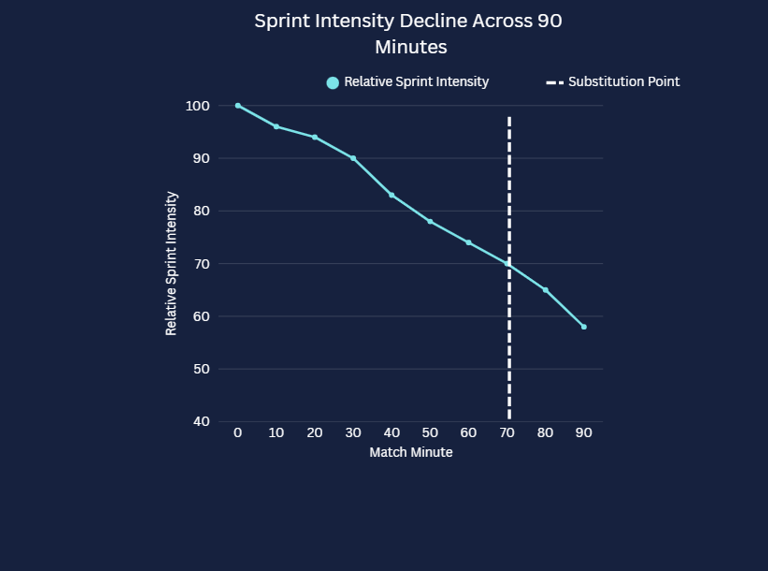Wearable Revolution
How GPS Trackers and Sensors are Changing Pro Sports
Aadi Aneja
At the highest level of sport, the margin between winning and losing is very small. Wearable tech has become inseparable from modern sport. These devices show data driven improvements which is why professional teams are embracing wearable technology. They not just monitor players but optimize performance, prevent injuries and extend careers.
GPS vests and inertial units are now worn by athletes across all sports. They track distance covered, sprints and acceleration, high Intensity efforts and collisions. This data helps coaches simulate and replicate the demands a player must go through in matches during training sessions. Each player has different demands for example in football; a winger or full-back would need to perform repeated sprints whereas a midfielder would focus more on total running volume. In the English Premier League, all 20 clubs use wearable tracking tech in both training and matches. Studies show that after 4 weeks of GPS monitoring, athletes showed an 11% increase in total distance covered, 33% more high-intensity accelerations, and 21% faster recovery time.




At the pro level, wearables aren’t just fitness trackers, they’re essential for making real life tactical decisions. In pro sports, fatigue can cost games. A sudden drop in sprint speed or repeated acceleration can mean a player is suffering from fatigue. Substitution are not just gut calls anymore, they're backed by data.
This is a line graph showing how sprint intensity declines in a 90 minute game. The white dashed line shows the substitution point, flagged when due to fatigue the sprint intensity drops below the optimal threshold
Wearables have also changed how injury prevention is measured. By monitoring the acute: chronic workload ratio, which is a key metric used to assess an athlete’s training load and injury risk by comparing recent training intensity to long term training workload, teams can predict increase in fatigue which often precedes soft-tissue injuries. In elite football, clubs report up to 40% fewer soft t issue injuries after integrating wearables into their training and player tracking systems. Athletes use wearables to prolong their careers as well. By tracking sleep, recover and heart rate, they use the data to train smarter not harder.
In pro sports, wearables are no longer optional, they are a necessity. They help players train smarter, prevent injuries and help coaches make better in-game decisions. The wearable revolution us no longer about whether it works – it is about how far can it go.
Connect
Stay updated with our latest insights.
Contact
theplaybooksportinfo@gmail.com
9999038304
© 2025. All rights reserved.
